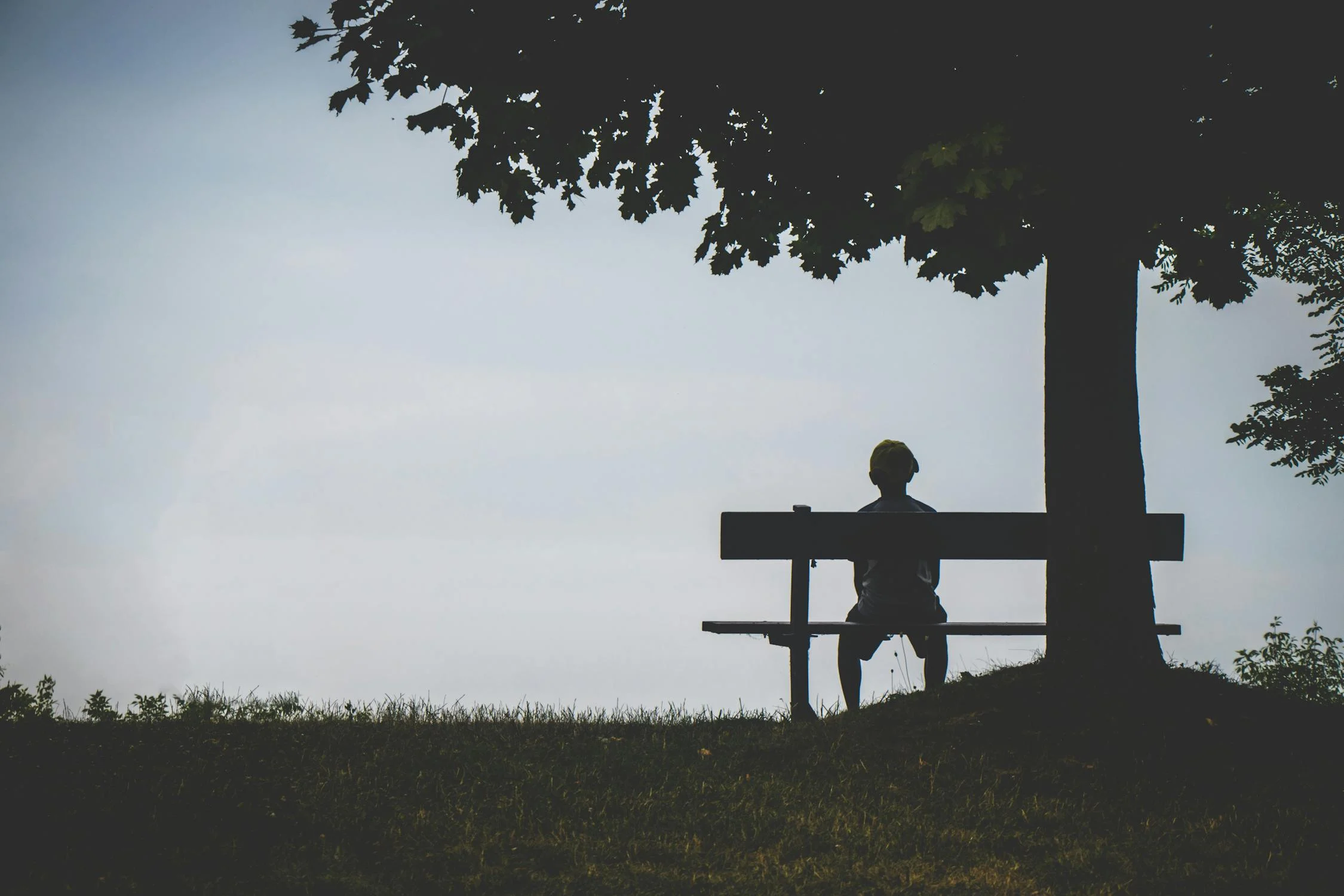
Understanding Loneliness: A Modern Epidemic Rooted in Disconnection
Part 1 of an Ongoing Series
Thanks to a conversation with a colleague, after writing nearly 1500 words on this subject, I’ve come to realise that this topic deserves much more time and space to truly explore its depth and nuance. This will be the first in a series of articles, updated weekly, as we attempt to fairly and thoroughly engage with all that this subject has to offer—until we’re able to complete it meaningfully.
A Pattern Emerging in the Therapy Room
Recently, I’ve started to notice a pattern among the clients who come to me for support. At first, it didn’t quite register, but with time it became clear: loneliness is widespread, and it runs deeper than we tend to acknowledge.
Human beings are biologically wired for connection. When we don’t feel connected—either internally to ourselves or externally in our relationships—we begin to experience emotional isolation. Loneliness, in this sense, isn’t just being alone. It’s the absence of meaningful connection, a sense that there’s no one to truly share the joys and hardships of life with. For many, this loneliness feels intense—sometimes overwhelming.
The Shifting Landscape of Relationships
In my practice, clients often share that loneliness leaves them feeling rejected, alienated, and inadequate. Despite being high-achieving or functional in other areas of life, they struggle to form or maintain meaningful relationships.
Historically, we lived very differently. Less than a century ago, people were born, raised, lived, and died in the same community. Friendships and relationships were lifelong. People married young, had children early, and aged within the support system of an extended community.
Today, the norm has shifted drastically:
-
We leave home for education or work, often relocating multiple times.
-
We form temporary bonds—college friends, flatmates, colleagues—that frequently dissolve as life moves on.
-
We prioritise academic and career success over emotional connection.
This leads many to reach adulthood without close friendships, never having experienced a consistent or reliable sense of community. We may live in cities filled with people, but still feel utterly alone.
The Cost of Disconnection
Our modern lifestyle, though rich in opportunity, often devalues community. We’ve lost sight of what true, consistent human connection looks and feels like. Regardless of how successful or independent we become, the need for connection follows us. It doesn't disappear with age or status.
Choosing to build a support system is a deliberate choice, and like all choices, it comes with a cost:
-
It requires time, emotional effort, and sometimes vulnerability.
-
It asks us to confront our own patterns, insecurities, and relational blind spots.
-
It often competes with our busy schedules and ambitions.
Building deep relationships today can be as demanding as building a career—and just as essential.
When the Foundation Was Never Laid
Another key consideration: some people have never truly experienced connection at all.
This is especially common in:
-
Nuclear families
-
Only-child households
-
Environments with emotionally unavailable or absentee parents
-
Individuals who were shy, introverted, or highly sensitive children
In these situations, the core human need for connection was never fully met—not because people didn't try, but because it was never truly safe, deep, or consistent.
Some may have experienced brief moments of connection: a kind neighbour, a school friend, a cousin. But these were not enough to build a secure emotional foundation. Sometimes, these connections were followed by disconnection, leaving emotional gaps that widened over time.
The Importance of Internal Connection
As children, our needs are mostly fulfilled externally. But as we grow, we gain the capacity to meet some of our needs from within.
Unfortunately, this isn’t something we’re often taught. Yet it is essential if we want to begin filling the emotional void we may feel as adults.
I often use this analogy with clients:
Imagine trying to build a house without laying a foundation. No matter how many times you rebuild, it keeps collapsing. You’re left confused and exhausted, wondering what went wrong.
In the past, our emotional foundation was built by the community around us. Now that landscape has changed. If no one has helped us build that base, we have to start laying it ourselves. While that may feel unfair—especially when others seem to have received it by default—it’s still a vital and empowering step.
Looking Ahead
This topic is vast and deeply personal. In future parts of this series, we’ll explore:
-
What internal connection really means and how to develop it
-
Ways to build or rebuild community in adulthood
-
The role of attachment styles
-
How trauma and family dynamics affect our ability to connect
-
Practical tools for overcoming loneliness
We’ll go layer by layer, addressing both the emotional roots and real-world strategies that help us move toward healing.
You’re Not Alone in This
If you or someone you know is struggling with loneliness or disconnection, consider reaching out to our ‘Support’ and ‘Engage’ verticals for affordable and inclusive assistance. We're here to help you find your way back to connection—within and beyond.
Like our content? Please support us by sharing and up-voting.
Image Credits: Pexels.com
